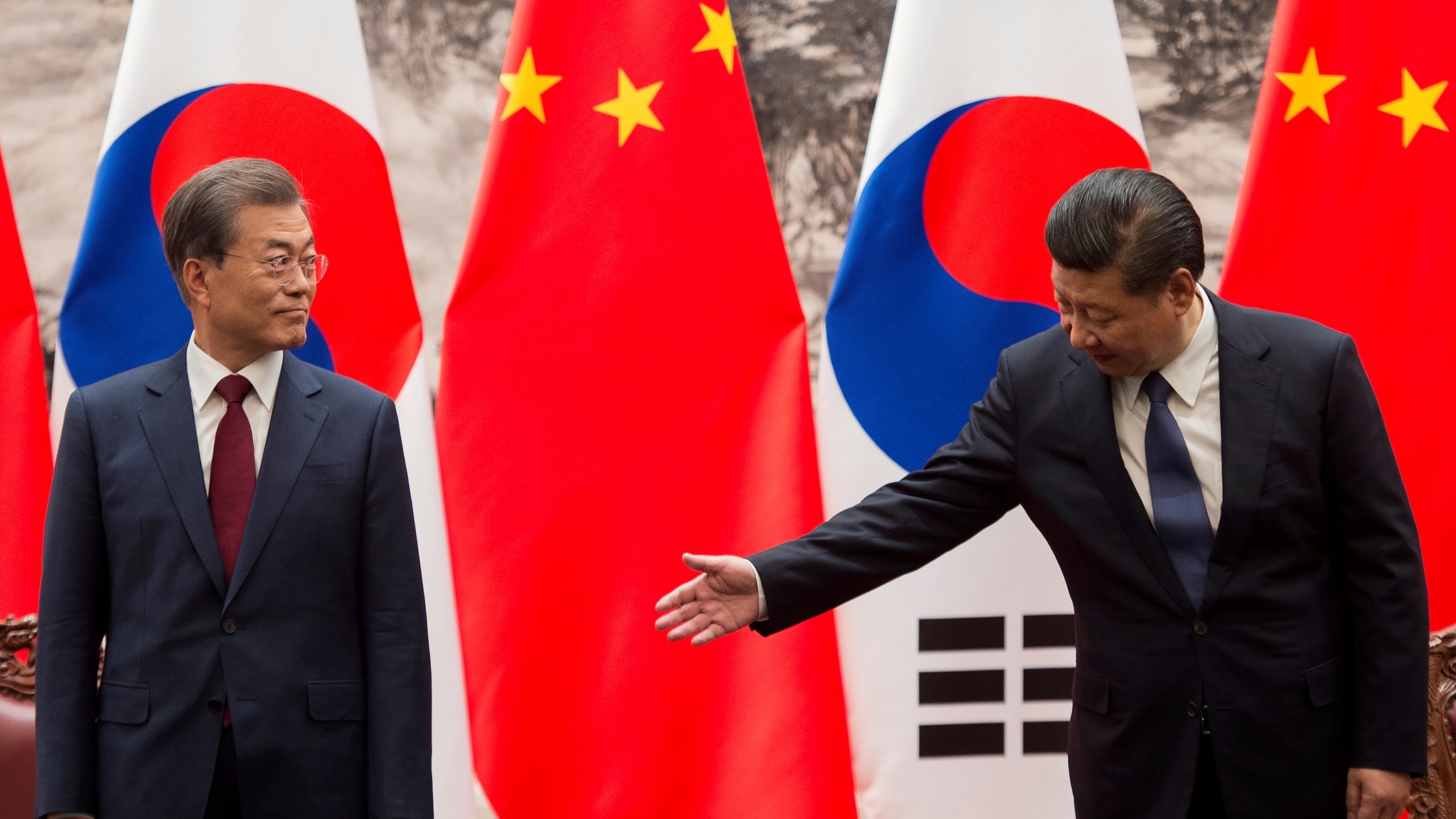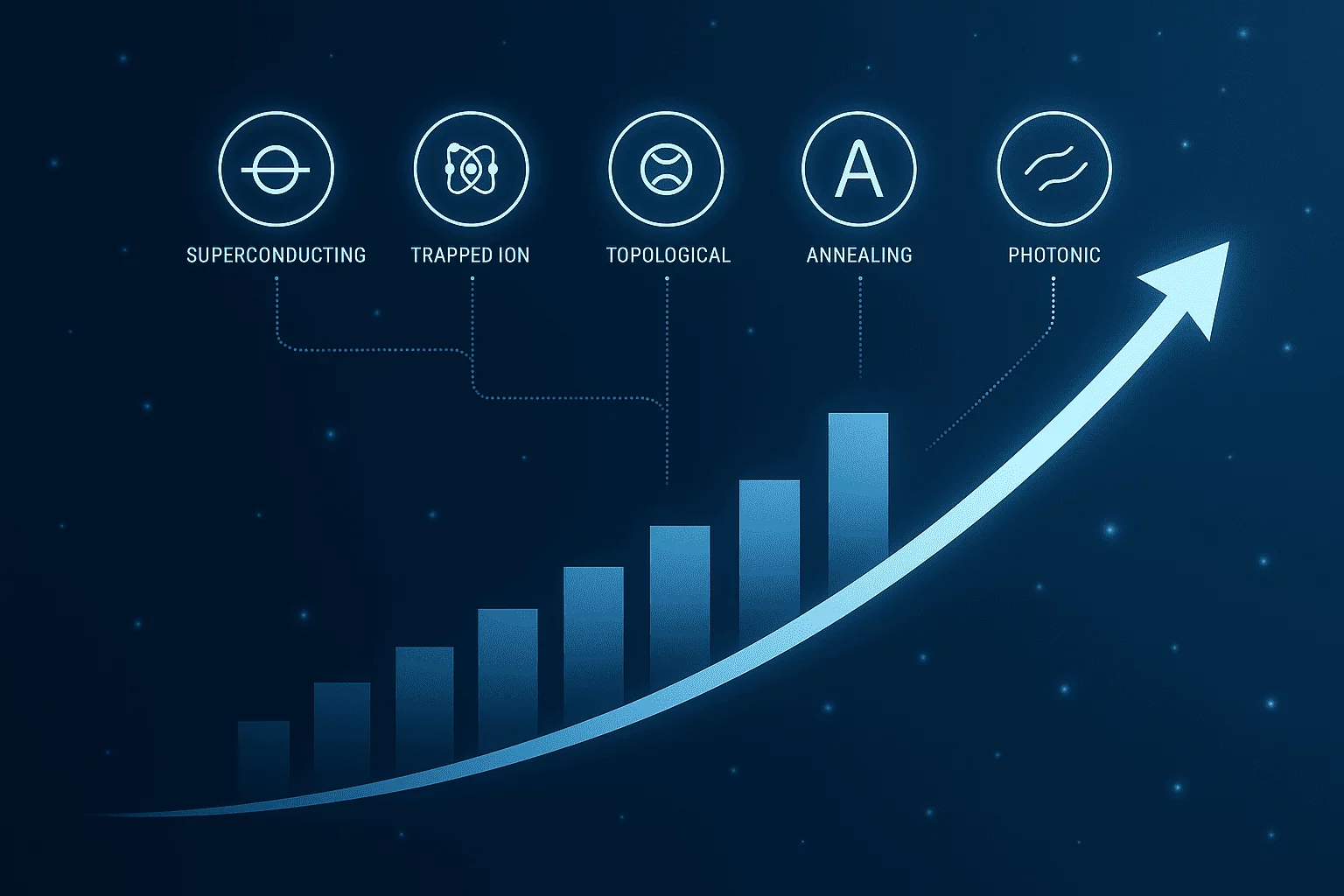In 2025, the global trade environment is fraught with uncertainty, particularly for key U.S. allies in East Asia. Japan and South Korea, both economic powerhouses and strategic partners of the United States, find themselves at a crossroads. The re-imposition of tariffs by the U.S. has compelled these nations to reassess their economic strategies and diplomatic alignments. The challenge is not merely about mitigating economic losses but also about maintaining strategic ties with Washington while preserving their own regional interests. Explore how U.S. allies Japan and South Korea are navigating the 2025 tariff landscape, balancing economic pressures and diplomatic relations amid escalating trade tensions.
This article delves into how Japan and South Korea are responding to the evolving tariff landscape, examining their economic adjustments, diplomatic maneuvers, potential points of rivalry, and the broader implications for regional stability and global supply chains.
The Japan Tariff Landscape: A Shared Challenge
The U.S. administration’s decision to reintroduce tariffs has had significant repercussions for both Japan and South Korea. Key developments include:
| Development | Details |
|---|---|
| Tariff Impositions | Up to 25% tariffs on key sectors like automotive, electronics, steel |
| Economic Impact | Disrupted supply chains, higher production costs, reduced export competitiveness |
| Diplomatic Strain | New complexities in alliance dynamics with the U.S. |
Both Japan and South Korea were already grappling with supply chain realignments following the U.S.-China trade war. The new tariffs have further intensified pressures on their export-driven economies.
Japan’s Strategic Response
Japan has approached the tariff situation with a blend of diplomacy and economic resilience:
- Negotiation Efforts: Japanese officials have engaged proactively with U.S. counterparts, emphasizing mutual security and trade benefits. Prime Minister Kishida has personally advocated for Japanese automakers, arguing that they contribute significantly to U.S. jobs.
- Economic Adjustments:
- Accelerated investment in domestic semiconductor manufacturing.
- Increasing exports to Southeast Asia to diversify markets.
- Bolstering “friend-shoring” efforts by deepening ties with Australia, India, and Vietnam.
- Regional Collaboration:
- Japan is strengthening its influence within the Comprehensive and Progressive Agreement for Trans-Pacific Partnership (CPTPP) and promoting Asian supply chain initiatives that reduce reliance on any single market.
South Korea’s Diplomatic Maneuvers
South Korea, facing similar challenges, has adopted a multifaceted strategy:
- Bilateral Discussions: President Yoon Suk Yeol’s administration has prioritized dialogues with the Biden administration to secure waivers or partial relief, particularly for critical industries like batteries and electric vehicles.
- Industry Support:
- Financial aid packages to tech giants like Samsung and LG to offset tariff-induced costs.
- Accelerating R&D in next-gen batteries and green technologies to stay competitive.
- Alliance Reinforcement:
- Military cooperation with the U.S. has been emphasized to reinforce goodwill, while diplomatic channels have been kept open to minimize trade tensions.
| Country | Key Sectors Targeted by Tariffs | Key Mitigation Efforts |
|---|---|---|
| Japan | Automotive, Steel, Electronics | Supply chain diversification, regional trade pacts |
| South Korea | Automotive, Semiconductors, Batteries | Tech investment, alliance diplomacy |
Competitive Undercurrents: Silent Rivals?
While both nations share strategic concerns, silent rivalries persist:
- Tech Leadership: Competition for dominance in semiconductors, EV batteries, and AI.
- Trade Pacts: Both nations vie for greater leadership roles in regional trade architectures like CPTPP and RCEP.
- U.S. Favor: Each country seeks to position itself as Washington’s most reliable ally in Asia, especially in the face of rising China.
These rivalries, while not overt, subtly influence how each country navigates its diplomacy with both the U.S. and within Asia.
Broader Regional Implications
- ASEAN Partnerships: Both Japan and South Korea are deepening economic ties with ASEAN nations to mitigate risks from U.S. market volatility.
- Supply Chain Shifts: Companies are relocating parts of their production to countries like Vietnam, Thailand, and India to reduce tariff exposure.
- Economic Outlook: Analysts predict that without resolution, the combined impact on Japan and South Korea could shave 0.6%-0.8% off their respective GDPs by 2026.
Expert Insight: Mattias Knutsson’s Perspective
Mattias Knutsson, a strategic leader in global procurement and business development, offers valuable insights into the current trade dynamics:
“Japan and South Korea are navigating a complex trade environment with prudence and strategic foresight. Their approaches underscore the importance of balancing national interests with global economic realities.”
He further notes:
“The quiet competition between Tokyo and Seoul also highlights the future of trade diplomacy—where countries must simultaneously cooperate and compete. Flexibility, diversification, and strategic patience will define who emerges stronger.”
Conclusion:
Japan and South Korea’s responses to the 2025 tariff challenges reflect their commitment to sustaining economic vitality and diplomatic relations, but also their ambitions to outmaneuver each other where strategic advantages can be gained. By engaging in negotiations, supporting domestic industries, fostering regional cooperation, and selectively diversifying markets, both nations are striving to navigate the turbulent trade waters with both prudence and competitive instincts.
Their experiences underscore the broader implications of tariff policies on global alliances and economic stability. As the situation evolves, continued dialogue, strategic recalibration, and regional collaboration will be essential in shaping a resilient and competitive international trade landscape.
Ultimately, while their shared challenges bring them together, their competitive aspirations will ensure that Japan and South Korea continue to walk the fine line between being strategic allies and silent rivals in the shifting global order.
Trumps Tariffs Trade War Series:
Historical Background
- From Protection to Prosperity: The Role of Tariffs in Financing Early America
- The Tariff Battles of the 19th Century: Industrial Growth and Political Divide
- How Tariffs Built Railroads, Factories, and the American Dream (1800–1912)
Background to Today’s Tariffs
- From Smoot-Hawley to the WTO: A Century of Trade Policy Shifts
- The Rise of Free Trade and the Decline of Tariffs: 1945 to 2000
- The Tariff Comeback: Why Tariffs Returned as a Political Weapon in the 21st Century
Trump Tariffs Deep Dive: Trade Wars with the EU, China, and Beyond
- Trump’s Tariff Strategy: National Security or Economic Gamble?
- EU Under Pressure: Wine, Steel, and the Automotive Tariff Threat
- The U.S.-China Trade War Timeline: From Tariff Waves to Tech Decoupling
- Collateral Damage: How Trump Tariffs Affected Mexico, Canada, India, and Japan
Country-by-Country Response Monitoring: Reactions to Trump’s 2025 Tariff Hike
- China Strikes Back: Export Controls, Rare Earths, and Consumer Tech Retaliation
- European Union’s Balancing Act: Strategic Patience or Trade Fight Ahead?
- Japan and South Korea: Strategic Allies or Silent Rivals in Tariff Diplomacy?
- ASEAN & India: Winners or Losers in the Tariff Shuffle?
- South America’s Role in a Polarized Trade World
Ongoing Monitoring and News Reaction: Tracking Trump’s Tariffs in Real-Time
- Week-by-Week: The Global Market Reaction to Trump’s 2025 Tariff Policy
- U.S. Companies Caught in the Crossfire: How Businesses Are Adjusting to Tariff Shocks
- From Retail to Rare Earths: Key Sectors Most Affected by New Tariffs
- Trade Talks Tracker: Are New Negotiations a Signal of Resolution or More Chaos?
- Inside the Beltway: How Congress, Lobbyists, and Think Tanks are Shaping the Tariff Narrative





